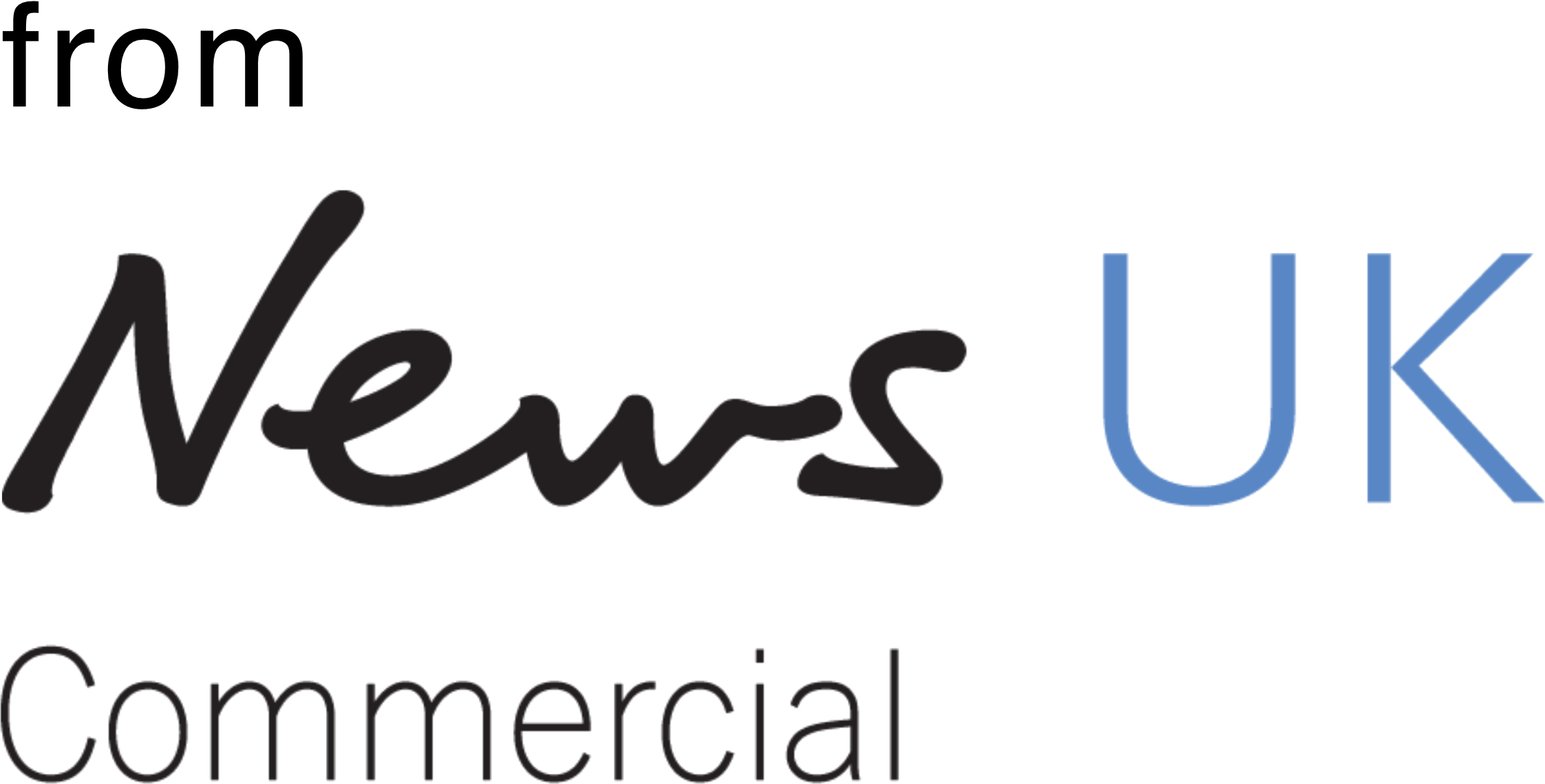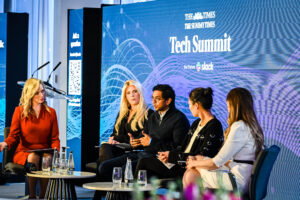For Rhianna, Patrick Mahomes and the biggest or most ambitious brands, there is no larger stage than the Super Bowl.
The ultimate expression of ‘costly signalling’, 2023's Super Bowl LVII provided a platform to reach 113 million American viewers, totalling 44% of the US adult population.
For context, the Euro 2020 Final reached a very similar proportion of the UK population, but, with 3 in 4 Brits tuning into the BBC feed of that Final, the commercial opportunity of America’s biggest game is incomparable.
Brands that took part shelled out as much as $7 million for a national 30 second spot, but, as the Super Bowl of 2023 demonstrated, the media buy is just the tip of the iceberg and no guarantee of success. Here are seven things that a $7 million Super Bowl spot DOESN’T buy:
1. The ability to disrupt the broadcast
…you need to be the national broadcaster for that. Fox made the most of its triennial turn as host to promote its streaming platform Tubi. In an ingenious Max Headroom-esque prank, it ostensibly interrupted the match broadcast with the Tubi EPG, leaving households to argue about who had sat on the remote.
Their more traditional commercial also cleverly reframed its weakness (a lack of blockbuster content, compared to VoD leaders) into a strength (surprising content that will send you 'down the rabbit hole').
2. A seamless customer journey
…but it can buy you 100,000 Twitter followers. In the wake of the FTX cryptocurrency debacle and tech industry downturn, few crypto and tech companies featured in this year’s Super Bowl.
Limit Break was the disastrous exception. Their commercial, featuring a giant QR code, only made it clear in the final two seconds that viewers who scanned the code were able to obtain a ‘free digital collectible’ (NFT).
Those that managed to do so were then (at best) prompted to go through a complex registration process for a wallet or (at worst) re-directed to the founder’s Twitter page.
Some profited handsomely from the clunky customer journey, though, listing their free NFTs for $700 on the secondary market.
3. America's attention either side of the game
Amid the clutter, a growing trend among Super Bowl advertisers is to try and turn their commercial into the tentpole event of a several-week marketing blitz.
Last month, M&M's seemingly pandered to right-wing-commentator Tucker Carlson and the culture wars by cancelling its "woke characters" and teasing that its Super Bowl appearance would explain why. They bought two ads during the broadcast - first to introduce a tongue-in-cheek rebrand to Ma&Ya’s, then to quickly announce that their 'spokescandies' were “back for good”.
The result was a complex sequence that placed much faith in the audience following the news cycle and caring about the controversy in the first place. Similarly, Super Bowl betting partner FanDuel built up to an in-broadcast 'Kick of Destiny' where they would give away $10 million in free bets if former tight-end Rob Gronkowski kicked a field goal. He missed - so did FanDuel.
4. A-list talent
Most brands doubled-down on their media buy by investing heavily in celebrity talent, often at the expense of creativity. The showcase of Hollywood A-listers, pro athletes and pop stars seemed longer than ever before, but provided a good testament to the nostalgia cycle becoming increasingly shorter.
After years of 80s and 90s throwbacks, this year's slate seemed geared more towards younger millennials, with riffs on Breaking Bad, Clueless and Zoolander amid an endless parade of noughties stars.
https://www.youtube.com/watch?v=zkHdpA-drz0
While Google Pixel and Workday both used an all-star cast to imaginatively convey product benefits, most celebs appeared entirely arbitrarily and at the expense of the product (is anyone going to remember which two booze brands Serena Williams flogged this year?)
5. Category exclusivity
On the topic of booze brands, AB InBev relinquishing its 33-year monopoly on the alcohol category in national Super Bowl broadcasts certainly opened the floodgates. Their own Budweiser spots were rather forgettable, but Samuel Adams asserted their point of difference in a hilarious reframing of Boston tropes and Molson Coors managed to effectively get three ads for the price of one with their Coors/Miller/Blue Moon commercial.
Similarly, amid a packed streaming contingent, Paramount's ad shoehorning together a few of its notable characters was challenged up against Disney’s epic tour through its back catalogue in celebration of its centenary.
6. A bold brand partnership
SVoD leader Netflix took a different approach by announcing a landmark partnership with General Motors to normalise the uptake of electric vehicles.
The result was a fitting use of the biggest media platform of the year, prompting viewers to take notice of GM EV product placement in their favourite series, while reminding them of the best of Netflix IP.
In a seemingly perfect pairing, no money has changed hands between the two brands, but they have leant on each other’s strengths to significantly bolster their sustainability leadership credentials at a time when audiences are looking for brands to provide tangible evidence of their commitment.
7. Short-term sales
Research shows that Super Bowl commercials don’t typically deliver a sales boost, but they are incredibly effective at driving the short-term buzz that facilitates long-term brand building.
Disney unsurprisingly topped System1’s ranking for the most effective ads in terms of brand-building, with its consistent barrage of distinctive brand assets providing total bait for its star and fluency measurement criteria.
But with word-of-mouth perhaps the purest indicator of effectiveness in a cluttered environment, Sprout Social found that Tubi ranked first on Twitter in mentions and second in engagements, making Fox’s VoD disruptor the 2023 Super Bowl MVP – at least on the night of the game.



 News UK
News UK 






